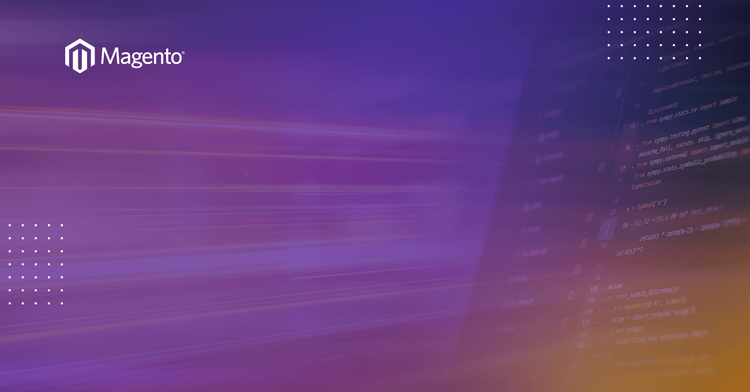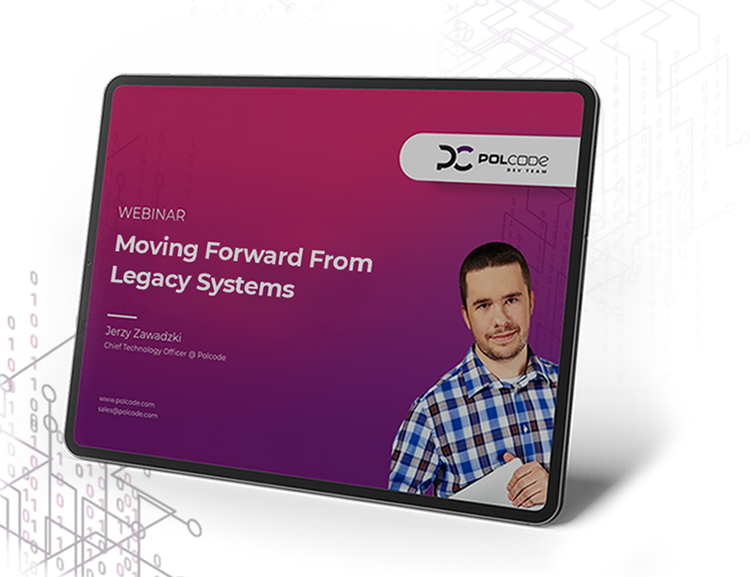
The following text has been reviewed and updated as of July 2025 for factual accuracy, reflecting the current state of Magento versions and best practices for upgrading the eCommerce platform.
Is Magento 2 Migration Still Relevant in 2025?
Migrating from Magento 1 to Magento 2 is a big concern nowadays. So is it worth it? Wait, let me ask again. Is changing your 15-year-old car to a fresh model packed full with new technologies worth it? For some, the answer is obvious. Others won’t care much, but the correct answer should be “Yes, migrate ASAP!” Now here’s why it’s a good decision.

Magento: To Migrate or Not to Migrate, That Is the Question
The following text has been reviewed and updated as of July 2025 for factual accuracy, reflecting the current state of Magento versions and best practices for upgrading the eCommerce platform.
Is Magento 2 Migration Still Relevant in 2025?
Migrating from Magento 1 to Magento 2 is a big concern nowadays. So is it worth it? Wait, let me ask again. Is changing your 15-year-old car to a fresh model packed full with new technologies worth it? For some, the answer is obvious. Others won’t care much, but the correct answer should be “Yes, migrate ASAP!” Now here’s why it’s a good decision.
8 Reasons to Migrate from Magento 1 to Magento 2
1. Magento 1 Is Obsolete and Vulnerable
One of the biggest problems is that M1 won’t be supported anymore for bug fixes. Like in every software, new bugs are detected in Magento from time to time. Go for migration to M2 if you aim for security and want to have peaceful dreams. Magento 1 support officially ended in June 2020, and continuing to use it today means running an unsupported and vulnerable system.
💡How To Protect Your Magento Store from Hackers
2. Magento 2 Offers More Built-In Features
I will not go into details here because it is just too much to write. But here a few that might convince you to migrate:
Multi-source inventory (finally!)
Seamless integrations with external systems (RabbitMQ, GraphQL)
Elasticsearch support is now available in the open-source edition for free.
Better user experience out of the box, including cool admin panel features that speed up the work—a big one!
Taxes or payment configuration give you a lot more flexibility.
The reporting feature is now an advanced one, with plenty of information to use from statistics.
New integrations available via modern APIs and marketplace extensions.
3. Magento 2 Is Built for Scalable E-Commerce
If you aim for growth and you have some unusual ideas like multi-shop integrations, selling your products in dozens of countries, or using some sophisticated integrations with external systems, migrate.
M1 is an oldie grandpa here. With M2, you can achieve more with modern approaches. RabbitMQ or GraphQL are only two of those M2 technologies that can give your e-commerce business a new way to manage it.
Do you want better POS (Point of Sale) integrations, or maybe create a global system to manage the manufacturing of the products as well as selling them? With M2’s totally new code architecture, it’s an easy task. The only limitation is your imagination.
4. Magento 2 Supports Modern Technologies
There’s one famous saying: “He who moves not forward, goes backward.”
M1 is now obsolete. No new technology integrates with it. This is another important reason behind migration. E-commerce businesses are growing, and new solutions are appearing all the time.
From AI product recommendations, to machine learning for search, to image-based shopping and voice commerce — these innovations integrate well with Magento 2.
PWA Studio for Magento 2 is now a mature framework that supports modern features like offline browsing, fast loading, and native-app-like performance.
If you are into new technologies and want business solutions that go with the spirit of modern times, migrate as soon as possible.
5. Improved Performance and Scalability
If your shop grew up with thousands of customers and you see performance problems with M1, you should consider migration.
Speaking generally, M2 is much faster, integrated with caching tools by default. It has concepts applied that in M1 require the installation of separate modules for features like code compression or different caching mechanisms.
Further, M2 scales a lot better. What does scaling mean? It means that you can deploy it on a Cloud like Amazon AWS service, “cut database” into parts, and increase server resources for every chunk to gain more performance in general. In the M2 Commerce edition, a database can be split. This is a huge boost, especially when you have hundreds of thousands of products.
💡For a technical breakdown of how Magento 2.4.8 improves performance and scalability, read this Magento upgrade step-by-step guide.
Ready to Leave Outdated Tech Behind?
6. Mobile-Ready and Visually Modern
Mobile-first is the standard today. Magento 2's default themes support responsive web design (RWD), and the platform has robust support for Progressive Web Apps (PWAs) via PWA Studio.
Magento 2 themes and storefronts can now fully support offline browsing, push notifications, and mobile-native features for a seamless mobile experience.
M1 is no longer viable in this area.
7. Leave Spaghetti Code Behind
If you deal with development problems (simple changes consume lots of time), probably your code was badly developed over the years, and now there is the so-called “spaghetti code,” a monster hard to maintain. If so, it’s a good option to migrate and leave all the demons behind.
In M2, it’s much better to apply changes while keeping good coding practices. M2’s architecture is prepared for any kind of change you can imagine. The whole development process is much more stable and predictable—developers definitely like M2 more. If you aim for big e-commerce, migration could be the key to your successfully developed project. Of course, remember to not try your luck with the rookie guys; hire specialists.
8. Better Admin Interface and Workflow
Which means faster work with your product's data. You can now swap between different views to immediately add missing elements like Attributes, Product Options, and new Categories—all from the Product edit page view. There is also a very handy way to fast edit items on lists without the need to open that element in a separate page.
In M1, the admin interface is much more time-consuming to handle. So if your concern is the working speed, you should migrate. Moreover, the admin panel is ready for mobile, so you can now easily manage stuff from your smartphone or tablet.
What If I Have a Small Business?
Then, probably you don’t need all those new approaches and features from M2, and you can stay with M1, sacrificing security for your wallet.
But migration costs depend strongly on how many modules you have installed and how many changes over time have appeared in your shop code—it is always a matter of pros and cons. Just don’t think only about your wallet. Think about your shop, clients, and what you can give them by doing the migration. Sometimes, if a shop is not overbuilt, the migration costs are low, and perhaps you could even afford it.
M1 is not compatible at all with M2, so developed features or layout changes will have to be left behind. Sometimes it's hard to make such a decision, but it will pay off in the long run. My advice is to look at it positively: you paid not only for the features but also for gaining your e-commerce knowledge and experience over the years with M1.
Think twice, see where the world is going, and evolve. If you’re not sure about migration now, start saving the money for later. Try to see a bigger context.
Give your business a boost that comes with migration: new module installation, better shop performance, new integrations, etc. I’ve seen many M1 shops with modules not being used at all by our clients: they installed and forgot them, or the modules just became useless over time.
Migrating to M2 is a great way to have a fresh look at your business and clean it up. You are definitely smarter than before, getting all this insight. Think about what you could have done differently when you were starting with M1. Perhaps now it is time for a big step forward?
Final Thoughts
Migrating to M2 is more than a technical upgrade — it’s a business opportunity. New performance gains, integrations, customer experience enhancements, and developer agility are all part of the package.
Magento 1 gave you years of experience. Now it’s time to use that knowledge to take the next step.
On-demand webinar: Moving Forward From Legacy Systems
We’ll walk you through how to think about an upgrade, refactor, or migration project to your codebase. By the end of this webinar, you’ll have a step-by-step plan to move away from the legacy system.

Latest Blog Posts
Take the Next Step Toward Magento 2
Evaluate Your Current Store
Not sure how complex your migration will be? Start with a free assessment—know what you're dealing with.
Get Expert Recommendations
Our certified Magento developers will break down what stays, what goes, and what’s possible in M2.
Plan a Migration That Works for You
Whether you need a fast switch or a phased transition, we’ll tailor the process to your business goals.

